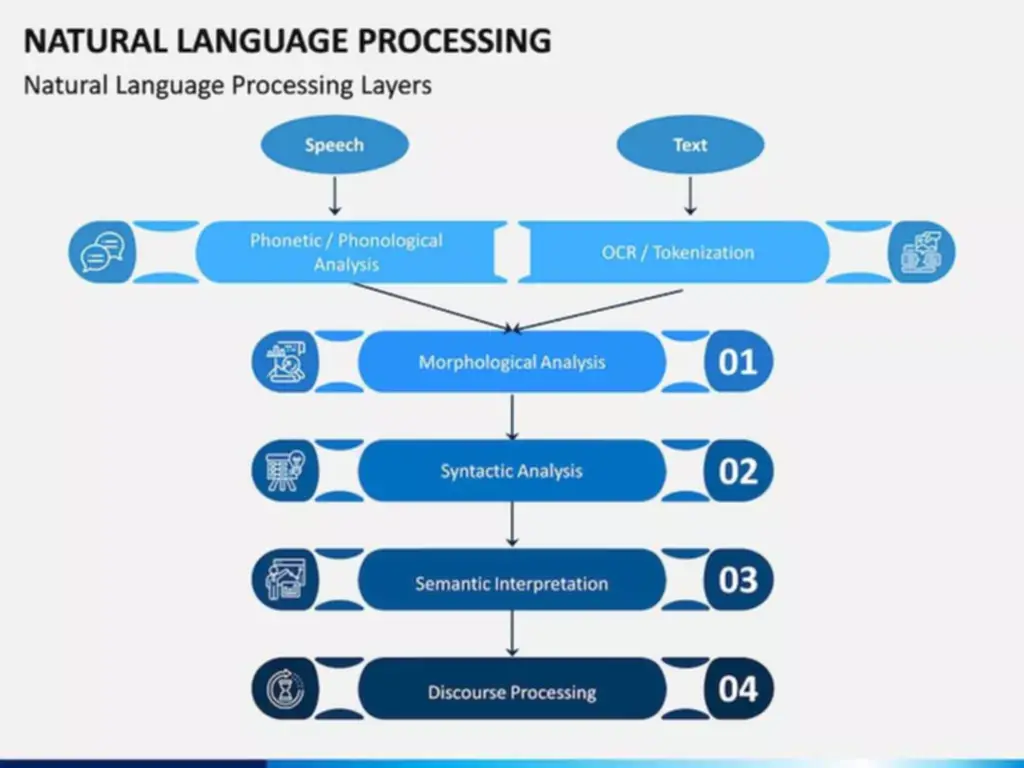To consider BVA check cases, you need to use a traceability matrix to measure protection and completeness of the requirements or specifications. Additionally, defect analysis is a process that identifies and analyzes the defects discovered during the take a look at execution to gauge quality and effectiveness of the defect detection and prevention. By utilizing these metrics, principles, methods, and methods, you’ll find a way to make sure that https://www.globalcloudteam.com/ your software meets the expectations and requirements of your customers and stakeholders. A boundary value is any enter or output value on the edge of an equivalence partition.
Equivalence Partitioning And Bva
- Then, a set of randomly generated check inputs is optimized based mostly on BCD to generate boundary values.
- First, the input area is divided into m equivalent partitions based on the output.
- Resources and discussions about software testing and software high quality assurance (QA).
- We conducted the experiments on 5 packages to exhibit the performance of the BCD-based method.
Indeed, it can battle to deal with complicated scenarios, that means you want to discover other methods for sufficient protection. Yes, boundary worth analysis could be boundary value coverage automated utilizing various software testing instruments similar to NUnit or JUnit, and so forth. Yes, you can use boundary value analysis for any type of software which accepts input parameters with predefined boundaries. Our group of experienced testers uses a wide selection of strategies together with boundary worth analysis to ensure that your product meets the best standards of reliability and quality.
Several Sorts Of Game Testing Strategies
In plainer English, values on the minimum and most edges of an equivalence partition are examined. The values could be enter or output ranges of a software component, may additionally be the internal implementation. Since these boundaries are widespread places for errors that end in software program faults they’re incessantly exercised in test cases. Boundary testing, a core facet of BVA, operates on the logic that numerous software program bugs reside on the edges of input domains.
What’s Boundary Worth Analysis In Software Program Testing?
And when it comes to black field testings, nothing can beat boundary worth testing. To calculate department protection, the testing process wants to track which branches have been taken during execution. Boundary analysis seeks to strip back the number of test cases required to confirm valid and invalid inputs.
Boundary Worth Analysis Example
Moreover, BVA is particularly useful for uncovering off-by-one errors, boundary-related exceptions, and different points that usually escape less focused testing. A boundary protection metric permits to quantify the coverage of these high-risk areas, lowering the probabilities of releasing software program with crucial defects. By establishing boundary coverage metrics, we can prioritize testing efforts. Focusing on reaching full protection of the boundary throughout testing while conducting much less exhaustive testing in non-boundary areas helps optimize resource allocation and testing effectivity. In summary, proposing a boundary protection metric for boundary worth analysis in software testing is essential for enhancing the precision, effectivity, and effectiveness of the testing process. Boundary worth evaluation (BVA) is a typical method in software program testing that makes use of enter values that lie at the boundaries the place important adjustments in conduct are anticipated.
Saving Time And Sources By Catching Bugs Early, Earlier Than They Trigger Expensive Delays
Boundary worth analysis ensures that necessary values and that each worth could be tested more completely. Ignoring internal boundaries- Focusing only on exterior boundaries is among the common mistakes. Thus, other than exterior boundaries, you must also contemplate inside boundaries for a comprehensive approach. It helps in identifying invalid and legitimate outputs for effective boundary worth evaluation.
What’s The Distinction Between Boundary Value And Equivalence Testing?
By assessing values near input limits, BVA reveals system vulnerabilities that standard testing may miss. This methodology is significant in identifying cases where input values surpass or fall in need of system-defined limits. BVA’s give attention to both upper and decrease boundaries enhances software robustness, decreasing the chance of unexpected crashes and failures due to boundary-related anomalies. Test design rules are tips that help you create better test instances that cover extra scenarios and find extra defects. For BVA, you can use both optimistic and adverse boundary values – these at or simply contained in the valid range and those at or just exterior the invalid vary. Boundary value evaluation — typically shortened to BVA — is a commonplace black field testing approach.
A simple slip in figuring out the equivalence partitioning values may end up in absolute failure of the testing. Thus, testers should come with intensive dexterity on this space and perform the test with most agility and perfection. Software applications often operate inside multidimensional enter domains. These domains may contain intricate information structures and interactions between various inputs. The complexity of those constructions and interactions complicates the identification of boundaries, as they might not all the time align with standard notions of limits or edges.
We performed the experiments on five applications to exhibit the performance of the BCD-based method. Our outcomes confirmed that the BCD-based technique can generate check inputs close to the boundary and might enhance the fault detection rate of a randomly generated take a look at set. Equivalence partitioning is a complementary technique typically used alongside BVA. It includes dividing the input values into courses (partitions), the place all values inside a partition are anticipated to behave similarly. BVA is then utilized to test the boundaries of each equivalence partition for extra comprehensive take a look at protection. The mixture of ECP makes boundary testing effectiveness reach the utmost peak of testing.

Boundary value evaluation eliminates the time-consuming process of testing every enter value. It contains complete checks which additionally reduce the assets and time required. In this context, the benefits of BVA for input validation have turn out to be apparent. This part presents experiments to analyze the fault detection capabilities of the three algorithms of the BCD strategy and evaluate them with RT, ART, and concolic testing. We conducted experiments to generate take a look at inputs for the beforehand talked about English examination program and four real programs. Algorithm 1 solely accepts candidates that can scale back the maximum distance among the minimum distances between the boundary point (or boundary line segment) and the take a look at input.

The outcomes indicate that the BCD-based approach has the potential to generate boundary values and enhance the effectiveness of software program testing. BVA (Boundary Value Analysis) is a software testing method that focuses on testing values on the excessive boundaries of enter domains. It relies on the remark that defects frequently happen on the outskirts of valid enter ranges quite than in the middle. Testers hope to identify potential issues and errors more effectively by testing boundary values. BVA is broadly used in black-box testing and is very helpful for detecting off-by-one errors and different boundary-related issues. Boundary Value Analysis (BVA) is a elementary software program testing method usually used in conjunction with Equivalence Partitioning (EP) to boost test protection and effectiveness.
It encompasses a big selection of methodologies, each designed to uncover different types of errors underneath various circumstances. Boundaries are susceptible to errors as a end result of builders would possibly make off-by-one errors, incorrect logical circumstances, or mishandle edge instances. By specifically testing these boundary values, testers can establish and fix points that could result in vital defects within the software. By examining boundary values, you’ll have the ability to uncover points associated to input validation, knowledge corruption, and dealing with of edge instances, resulting in improved general software quality. Boundary Value Analysis is a black-box testing technique used to look at the conduct of a software system on the boundaries of its input values. Black box testing is a fundamental testing methodology that checks the functional capabilities of the software and ensures the software program meets the expectations of the client.

By testing these boundary values, you guarantee that the software program handles reductions on the tier’s edges correctly. If there are any flaws or issues with the low cost calculation, this technique will assist you to find them. Boundary Value Analysis improves software program robustness and reliability by focusing on critical areas where errors are likely to occur. Our Able Army is at all times ready to discover the most recent applied sciences and incorporate them into our methodologies to deliver an unmatchable experience. The method for boundary value evaluation involves testing the enter values that are at the edges of the input domain. Thus, the above practices for boundary worth analysis will be certain that your system works seamlessly.
